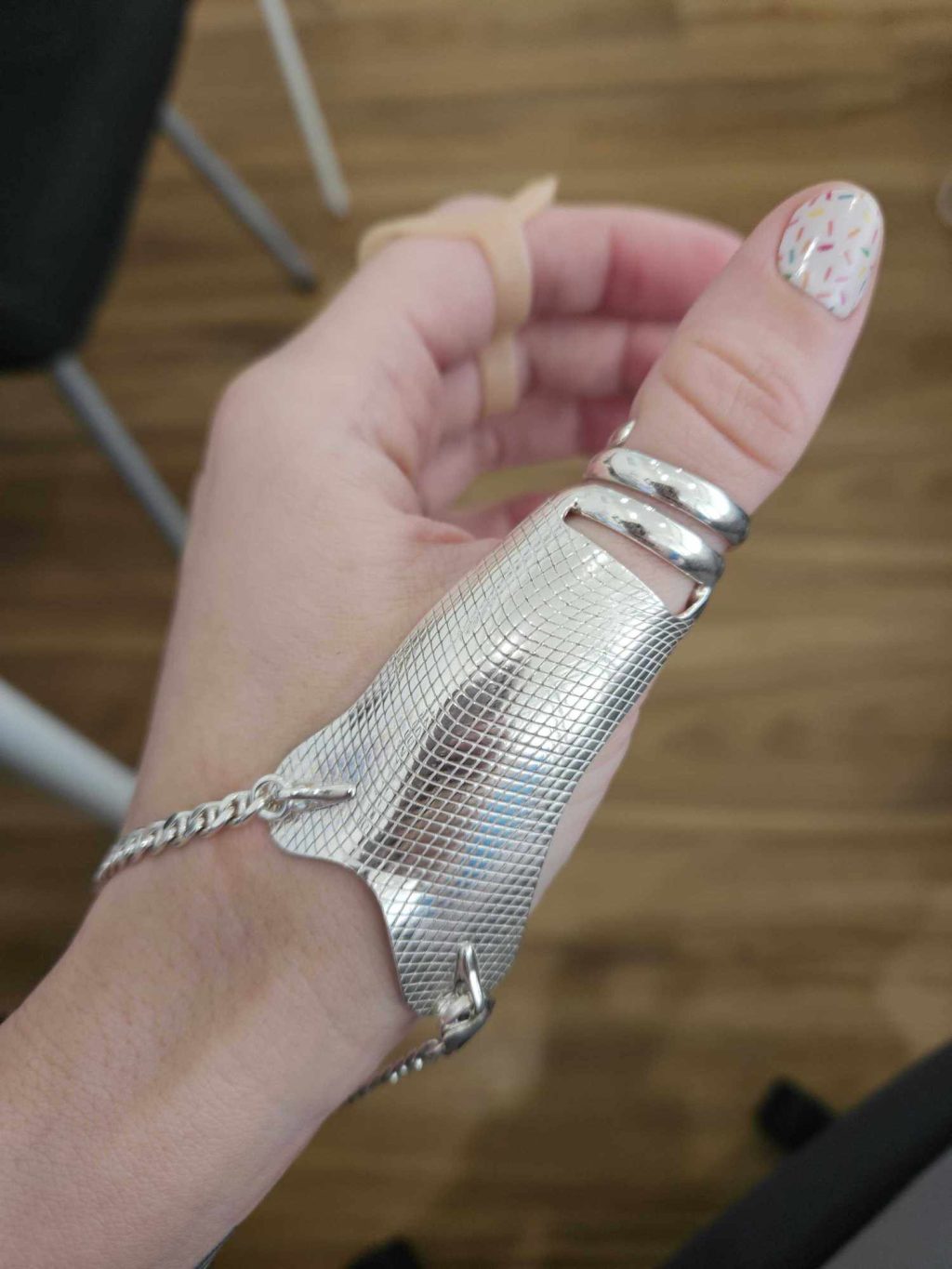Hypermobility refers to joints that move beyond the typical range of motion, which is a characteristic feature of conditions such as Ehlers-Danlos Syndrome (EDS) and Hypermobility Spectrum Disorders (HSD). While increased flexibility may be perceived as beneficial in some settings, it can contribute to joint instability, pain, and an elevated risk of musculoskeletal injuries.
Understanding Hypermobility
Hypermobility can present in varying degrees, from just having joint hypermobility to more complex syndromes like EDS. Individuals with hypermobility may experience frequent joint subluxations or dislocations and chronic pain, but can also experience a wide range of co-morbidities which may present as fatigue, dizziness/fainting, moderate-severe allergic reactions, IBS-like symptoms, urinary issues and neurodivergence.
This vast array of symptoms and comorbidities is due to hypermobile people’s collagen (a protein responsible for creating connective tissue) being structurally different and therefore having more elastic properties, causing it to stretch in ways it typically wouldn’t. As connective tissue is prevalent throughout all of the body’s systems, hypermobile people often have issues with the integrity of other tissues, including the skin, organs and blood vessels.
Osteopathic Management of Hypermobility
Osteopathic treatment focuses on musculoskeletal function and may support individuals with hypermobility by:
Enhancing Joint Stability: In individuals with hypermobility, joints experience greater strain due to reduced connective tissue support. Osteopathic techniques target joint mechanics aiming to promote better function, stability and control.
Managing Muscular Tension and Pain: Hypermobile individuals rely more on their muscles for structural support, often leading to increased tension and discomfort. Osteopathic treatment may help relieve muscle strain and reduce pain associated with this.
Guiding Movement and Posture: Osteopaths provide tailored advice on movement strategies and postural adjustments to minimize excessive strain on hypermobile joints.
Improving Proprioception: By stimulating the neuromuscular system, osteopathic care may enhance body awareness and support better movement control.
Our Hypermobile Osteopath
At North Canberra Osteopathy, one of our Osteopaths Steph brings a unique perspective to treating hypermobility, as she has the lived experience of Ehlers-Danlos Syndrome herself. This personal experience allows her to understand firsthand some of the challenges of joint instability, chronic pain, and fatigue, which informs her osteopathic approach.
Steph combines her professional expertise with evidence-based techniques to reduce pain so that we can work on joint stability and movement control. She focuses on improving proprioception and minimizing mechanical strain, tailoring her approach to each individual’s needs. She also works closely with other health professionals as required to help advocate for her patient’s care and make sure that the whole healthcare team are working towards the same goals for each individual patient.
If you think you may have hypermobility (or know you do) and are looking to find ways to support you – our Osteopath Steph would love to help!
Resources:
Khokhar, D., Powers, B., Yamani, M., & Edwards, M. A. (2023). The Benefits of Osteopathic Manipulative Treatment on a Patient With Ehlers-Danlos Syndrome. Cureus, 15(5), e38698. https://doi.org/10.7759/cureus.38698




